Minnegram is a quarterly publication of the University of Minnesota Water Resources Center and is sponsored by the University of Minnesota College of Food, Agricultural and Natural Resource Science, University of Minnesota Extension, the USGS-USDI National Institutes for Water Resources, and the Agricultural Experiment Station.
Recent Minnegram News
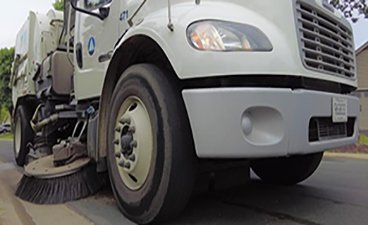
A Sweeping Solution to Stormwater Pollution
by Maggie Karschnia, Minnesota Sea Grant, Water Resources Center
There’s a surprisingly simple and proven solution to stormwater pollution. When it rains in urbanized places like parking lots and paved streets, instead of soaking into the ground, stormwater runs off these impermeable — essentially water-proof — surfaces picking up and transporting pollutants along the way.
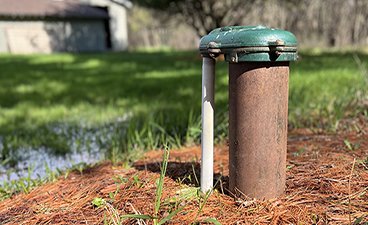
Test your well water after flooding
by Anne Nelson, University of Minnesota Extension Water Team
If you have a private well water supply after heavy rains or flooding is a good time to inspect your well and get your drinking water tested at a certified laboratory. Proper well construction can help keep outside water, debris, and rodents from getting into your drinking water source, but sometimes small issues can go unnoticed.
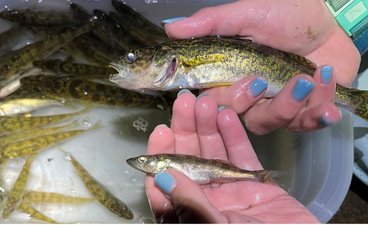
Analyzing potential public health concern of walleye mercury concentrations triggered by zebra mussel invasion
by Denver Link
Minnesota’s state fish is threatened by an aquatic invasive species, potentially inducing public health concern. The beloved walleye holds significant cultural and economic importance in Minnesota, but zebra mussels cause large scale changes that impact the food web. Water Resources Science graduate student Denver Link seeks to understand how zebra mussels impact food sources for walleye populations in Minnesota lakes.
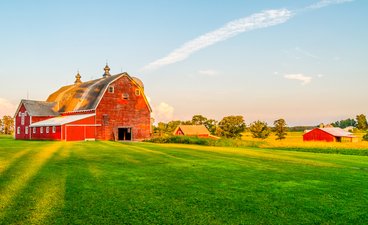
Minnesota springs are getting wetter. What’s at stake for farmers?
by Bailey Tangen and Anna Cates
Climate change is projected to change the timing, frequency, and severity of spring precipitation in Minnesota, and farmers might notice those changes first. Increases in number and quantity of rains are expected early in the growing season in southern Minnesota, where acres of corn and soybean dominate the landscape. Besides increasing the risk of water erosion in these fields, erratic rain patterns cause a lot of stress to farmers looking to plant corn and soybeans in May.
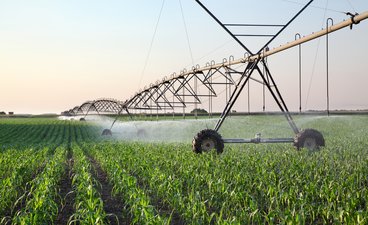
Investigating the effects of intensive agricultural irrigation on tribal resources in Central Minnesota
by Philip Margarit and Leslie Ludtke
The 1855 Treaty Territory overlaps partially with the Pineland Sands Aquifer System (Pineland Sands) in Central Minnesota. This region is important culturally, ecologically, and economically, including the headwaters of the Mississippi River and numerous trout streams, recreational lakes, and wild rice water bodies important to the Anishinaabe.
